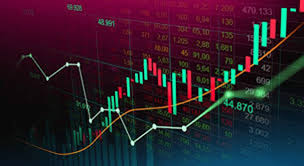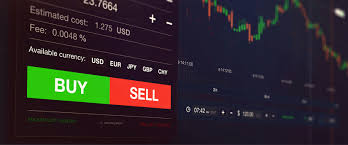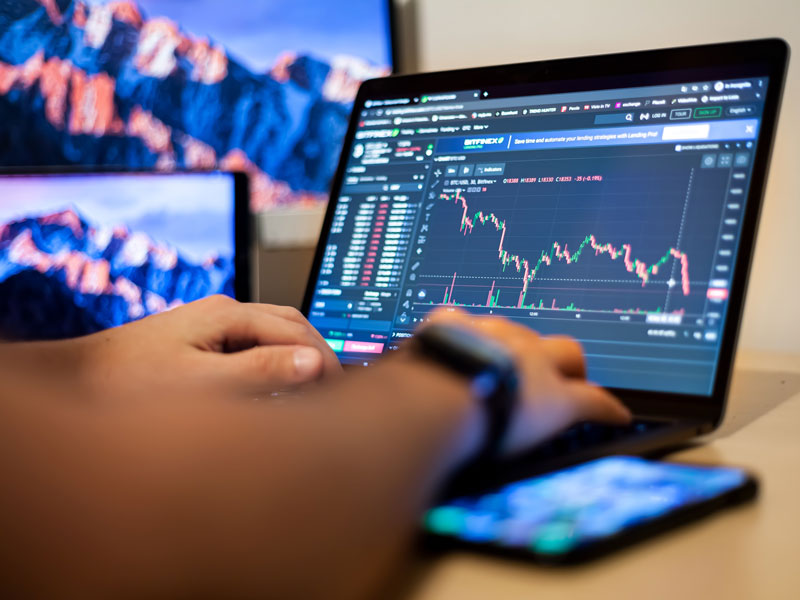
In the dynamic world of forex trading, having a well-structured framework is essential for success. This article delves into the professional guidelines that can help traders navigate the complexities of the forex market. Whether you’re a novice or seasoned trader, understanding these frameworks will be crucial to enhancing your trading strategies. You can find more resources and insights at forex trading framework professional guidelines forex-level.com.
Understanding the Forex Market
The forex market, or foreign exchange market, is the largest financial market in the world. Unlike stocks or commodities, the forex market operates 24 hours a day, five days a week, providing ample opportunities for traders across the globe. Understanding its structure, participants, and mechanisms is the first step towards building an effective trading framework.
Key Participants in the Forex Market
The forex market is composed of various participants, including central banks, financial institutions, corporations, hedge funds, and individual retail traders. Each player has distinct motives for entering the market, from hedging against currency risk to speculating for profit. A successful trader must recognize these players‘ roles and how they influence price movements.
Developing a Forex Trading Framework
Establishing a comprehensive trading framework is crucial for systematic trading. This framework should outline your trading goals, risk tolerance, and strategies. Here are key components of a robust forex trading framework:
1. Trading Plan

Your trading plan should detail your approach to the market, including trade criteria, entry and exit strategies, and position sizing. A well-defined plan helps maintain discipline and reduces emotional decision-making, which is often detrimental in trading.
2. Risk Management
Effective risk management is vital for long-term success. Determine how much capital you are willing to risk on each trade and use stop-loss orders to limit potential losses. A common rule is to risk no more than 1-2% of your trading capital on any single trade.
3. Market Analysis
Market analysis is the backbone of any trading framework. There are two main types of analysis: fundamental and technical. Fundamental analysis focuses on economic indicators, news events, and geopolitical influences, while technical analysis looks at price charts, trends, and indicators. A combination of both can provide a more comprehensive view of market conditions.
4. Trading Psychology
Trading psychology plays a significant role in a trader’s performance. Emotional control, discipline, and the ability to stick to your trading plan are all crucial. Developing a routine that includes reflection on your trading habits can help you identify and mitigate psychological biases.
Implementing Your Framework

Once your framework is established, the next step is implementation. It is important to test your strategies in a demo account before committing real capital. This allows you to gauge performance and make necessary adjustments without financial risks.
Backtesting Strategies
Backtesting involves applying your trading strategy to historical data to see how it would have performed. This process can help refine your methods and provide insights into potential profitability. Establish clear metrics for success during backtesting to assess whether a strategy meets your trading objectives.
Stay Informed
Forex markets are influenced by numerous factors that can change rapidly. Staying informed about global economic events, central bank announcements, and geopolitical developments is vital. Utilize reliable news sources, economic calendars, and market analysis tools to stay updated.
Review and Revise Your Framework
The forex market is ever-evolving, and what works today may not work tomorrow. Regularly reviewing your trading performance and the effectiveness of your framework is necessary. Keep a trading journal to record your trades, thoughts, and emotions. Analyzing this data helps identify strengths and weaknesses, allowing you to make informed adjustments to your framework.
Continuing Education
Forex trading is a lifelong learning journey. Consider investing in your education by attending workshops, reading books, and participating in online courses. Continuous learning can provide fresh insights and techniques, enhancing your overall trading efficiency.
Conclusion
A well-structured forex trading framework is essential for anyone looking to succeed in the forex market. By developing a comprehensive plan, implementing risk management strategies, conducting thorough market analysis, and maintaining emotional discipline, you set yourself up for potential long-term success. Remember, trading is not just about making profits; it’s about managing risk and maintaining a consistent approach. Take the time to refine your framework continually and adapt to the changing landscape of the forex market.
